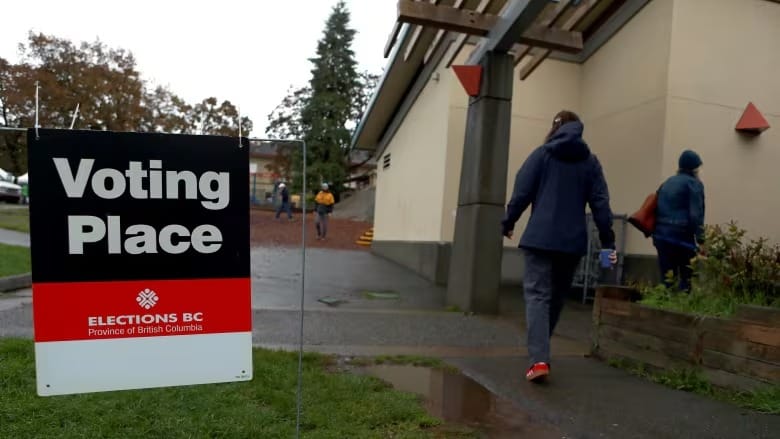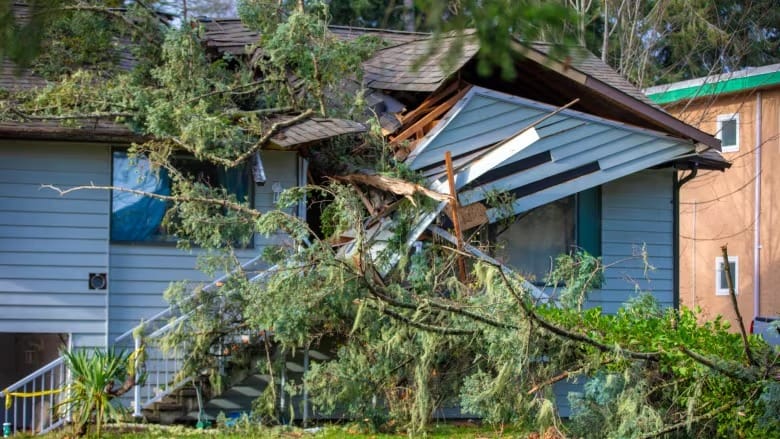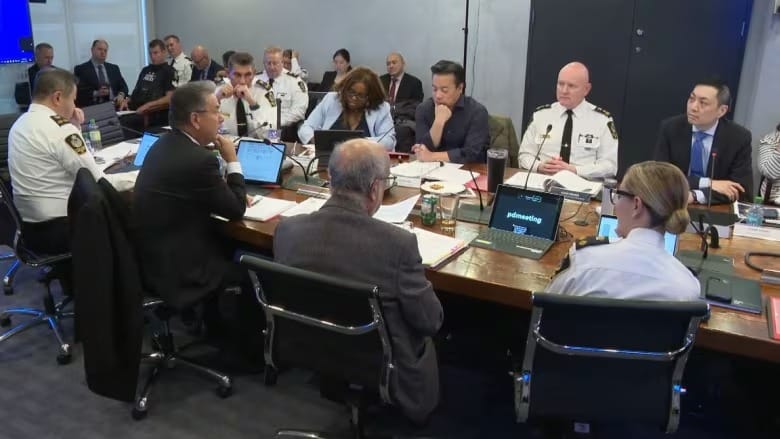How proportional representation would have changed B.C.'s election results
With around 8% of the vote, Greens would have won more seats

British Columbians Await Election Results as Tight Races Persist
Five days after the election, British Columbians are still waiting to learn who their next provincial leader will be, as several close races complicate the prediction of a clear winner.
Currently, the B.C. NDP holds approximately 44.6 percent of the vote, while the B.C. Conservative Party has 43.6 percent, and the B.C. Green Party stands at 8.2 percent. Under British Columbia's first-past-the-post electoral system, this translates to a projected distribution of 46, 45, and two seats, respectively, out of a total of 93 seats.
However, political science professor Chris Beach suggests that if the province employed a different electoral system, the allocation of representatives in the legislature could look quite different.
"Proportional [representation] means if a party gets 25 percent of the vote, they get 25 percent of the seats," Beach explained during an interview with Daybreak North host Carolina de Ryk.
Under a proportional representation system, the Green Party, with about eight percent of the vote, could expect to secure seven or eight of the total 93 seats.
B.C. has held three referendums on electoral reform—in 2005, 2009, and 2018—asking voters whether they preferred to maintain the current system, which awards a seat to the candidate with the most votes in their riding, or to switch to a different system.
Proportional representation allocates seats based on the percentage of total votes each party receives. In all three referendums, British Columbians opted to retain the existing electoral system.
Despite this, some argue that proportional representation is a more democratic approach, one that has not been adequately explained for voters to make an informed decision.
Beach noted a significant drawback of the current first-past-the-post system is that a candidate can win a riding with just one vote or one percent of the total vote.
"There's a sense that all those other votes—some people feel that they're wasted because they get no representation," he said.
Proportional representation could also benefit smaller parties that do not gain representation in the legislature; for instance, if the Communist Party received one percent of the vote, it could potentially secure a seat.
Potential Bargaining Tool for the Greens
Political science instructor Daniel Reeve suggested that the B.C. Green Party might leverage a shift to proportional representation as a bargaining chip when negotiating partnerships with other parties.
"That seems like a lot to ask for a coalition, because there certainly would be members who would think, 'This isn't a winning formula.' But maybe that's one of the cards on the table," he noted.
Parties in power often hesitate to embrace change since it could lead to a loss of seats for them. For example, in Western Canada, many voters lean Conservative, yet the Liberals have governed nationally for nine years due to voting patterns in other regions, despite only receiving 33.1 percent of the total votes in the last election, compared to the Conservatives' 34.4 percent.
"[Justin Trudeau] might have ceased to be the prime minister in 2019 when he lost the popular vote," Beach remarked.
Voter Engagement and Polarization
B.C. was described as "more polarized than ever" in this election by Fair Vote Canada, a national campaign advocating for proportional representation.
The organization argues that voter choice and the perception of effective representation significantly influenced the campaign's tone and the years leading up to it.
"It is much harder for parties to divide the electorate in two and fuel voter rage against their opponents by hurling simplistic 'us vs. them' narratives when the ballot offers a rich variety of options," Fair Vote stated in a release on Monday.
In this election, 57 percent of eligible voters in B.C. cast their ballots, a slight increase from 54.5 percent in 2020 during the COVID-19 pandemic. In 2017, voter turnout was 61.2 percent.
Beach speculated that the decline in turnout might stem from a belief among some voters that their votes do not matter.
"In places where they have a more democratic system, turnout is often much higher. I think that [proportional representation] would decrease polarization, in my opinion, because parties would naturally have to work together."





